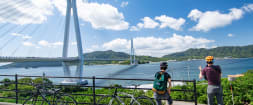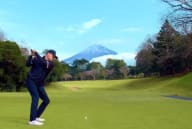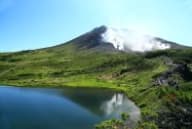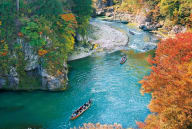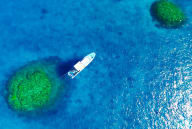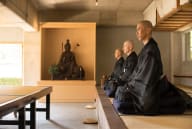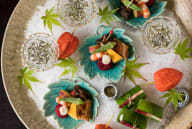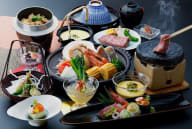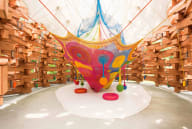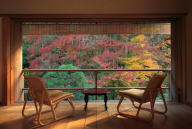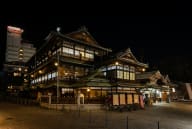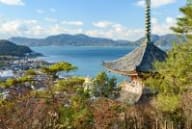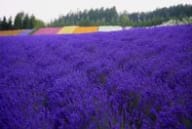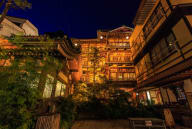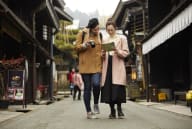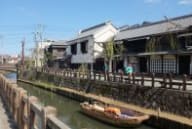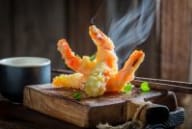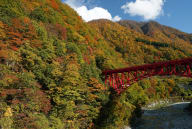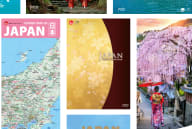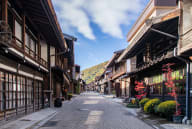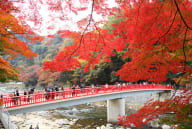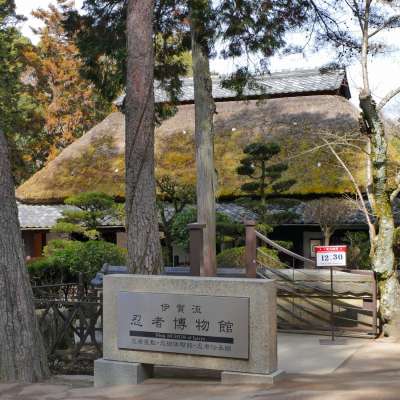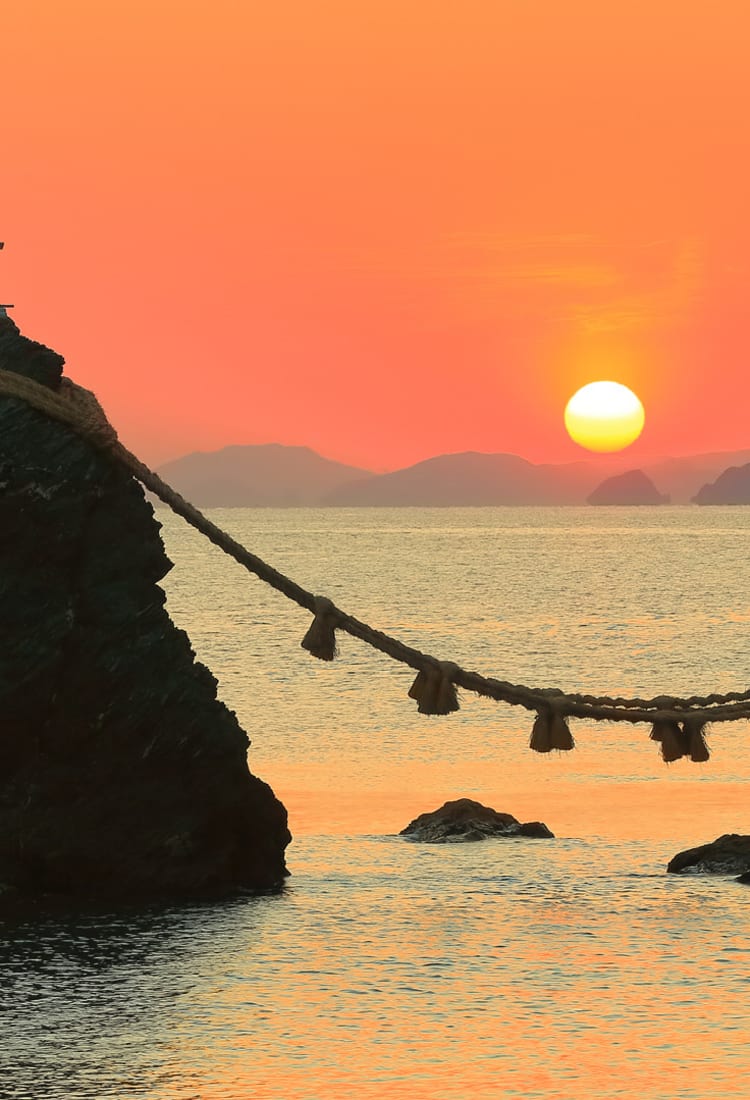
Mie Tradition, craftsmanship, and the bounty of the sea
A Culinary Journey in Mie
Mie Prefecture is a captivating blend of natural beauty, cultural heritage, and a rich culinary tradition. Bordered by the Pacific Ocean to the east and the Kii Mountains to the west, Mie enjoys a varied climate with warm summers and mild winters, creating an ideal environment for agriculture, seafood, and traditional crafts.
Mie is renowned for its exceptional agricultural produce, forestry products, and seafood. The fertile plains and coastal areas produce a variety of crops, including Matsusaka beef, known for its exquisite marbling and tender texture, and Ise-ebi (spiny lobster), a delicacy prized for its sweet, succulent meat. The prefecture's rich marine resources also provide an abundance of seafood such as bonito and tuna, which are integral to Mie's cuisine such as Tekone-zushi, marinated raw fish over sushi rice. Mie is also known for Akafuku mochi, a sweet rice cake covered with red bean paste, reflecting the prefecture's dedication to traditional ingredients and craftsmanship.
The food culture of Mie is deeply intertwined with its history as a center of Shinto spirituality and pilgrimage. The prefecture is home to the revered Ise Grand Shrine, one of Japan's most sacred sites, which attracts pilgrims and visitors alike. Mie offers you an opportunity to explore its rich culinary landscape and cultural heritage.
Discover the flavours of Mie and savour each dish, as they embody the essence of tradition, innovation, and natural bounty.
Tekone-zushi (Redfish meat scattered sushi)
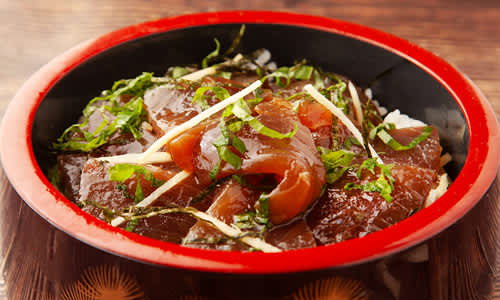
What it is (ingredients)
Tekone-zushi is a regional delicacy from Mie, featuring marinated redfish (typically skipjack tuna or bonito) served over a bowl of sushi rice. The redfish is lightly cured in soy sauce and other seasonings before being sliced thinly and arranged on top of vinegared rice. It is often garnished with shredded nori (seaweed) and sometimes sprinkled with sesame seeds.
History/Origin
Tekone-zushi traces its origins to the fishing communities along the coast of Mie, where it was developed as a simple and hearty meal for fishermen. The marination process not only enhances the flavour of the fish but also helps preserve it, making it suitable for consumption during long fishing trips.
Where to Eat
Tekone-zushi can be enjoyed at seafood restaurants, sushi bars, and traditional eateries throughout Mie prefecture, particularly in coastal towns like Toba and Shima. These establishments take pride in using fresh, local fish and preserving the traditional methods of preparation.
When to Eat
Tekone-zushi is best enjoyed fresh and is popular year-round, reflecting Mie's coastal culture and appreciation for seafood. It makes for a satisfying lunch or dinner option, offering a balance of savoury fish flavours with vinegared rice.
Indulge in the coastal flavours of Mie with Tekone-zushi, a dish that combines freshness, simplicity, and the essence of local culinary tradition.
Ise udon (Ise style udon)

What it is (ingredients)
Ise udon, a local dish from Ise City in Mie, features thick wheat noodles served with an umami-rich soy sauce-based sauce. Compared to regular udon, these noodles are thicker and softer, paired with a concentrated sauce rather than soup or broth. Handmade using locally sourced flour and water, they offer a chewy texture that complements the flavorful sauce. Common toppings include thinly sliced green onions, Kamaboko fish cake, and sometimes tempura or egg.
History/Origin
Ise udon originated in Ise City, Mie, where soft, thick udon noodles were traditionally made and enjoyed with miso-based sauce, eliminating the need for the usual stretching process. However, this local variation did not come to be referred to as “Ise Udon” until around 1970. It highlights the Ise’s dedication to using simple, wholesome ingredients and meticulous craftsmanship in noodle production.
Where to Eat
Ise udon can be savoured at traditional udon restaurants and local eateries throughout Mie prefecture, particularly in Ise City and surrounding areas. These establishments take pride in serving freshly made noodles and flavourful broth that highlight the essence of Mie's culinary heritage.
When to Eat
Ise udon is enjoyed year-round. It’s usually served as it is warm, offering warmth and comfort during colder months, though it can also be served cold as a refreshing meal option in the summer. Its versatility and hearty flavours make it a favourite among locals and visitors alike.
Delight in the hearty flavours of Mie with Ise udon, a dish that embodies the prefecture's dedication to quality ingredients and authentic noodle craftsmanship.
Matsuzaka beef

What it is (ingredients)
Matsusaka beef is a renowned variety of Wagyu beef from Mie, known for its exceptional marbling, tenderness, and rich flavour. The cattle are raised with meticulous care, fed a special diet that includes rice straw, and given ample time to mature, resulting in meat that melts in your mouth. This premium beef is often enjoyed in various dishes such as steak, sukiyaki, shabu-shabu, and Yakiniku (Japanese BBQ). Among Matsusaka beef, there is a specific type known as "Tokusen (specially selected) Matsusaka beef," comprising only 4 to 6% of all Matsusaka beef, prized as a luxurious delicacy.
History/Origin
Matsusaka beef has been cultivated in a specific area in and around Matsuzaka City, Mie, for over a century. Unlike Kobe beef, which is all Tajima beef, Matsusaka beef is a Japanese Black breed with unspecified origins, primarily sourced from Tajima beef, and meticulously raised in Mie. The area's ideal climate and natural resources contribute to the high quality of the beef. The meticulous rearing process and the focus on animal welfare have made Matsusaka beef one of the most prestigious brands of Wagyu in Japan, often compared to Kobe beef.
Where to Eat
Matsusaka beef can be savoured at high-end restaurants, steakhouses, and specialty beef shops throughout Mie prefecture, particularly in the city of Matsusaka. These establishments offer a range of dining experiences, from traditional Japanese cuisine to modern steakhouse settings, ensuring that each bite of Matsusaka beef is a memorable one.
When to Eat
Matsusaka beef is a year-round delicacy, perfect for special occasions, celebratory meals, or simply indulging in a luxurious dining experience. Its rich, buttery flavour and melt-in-your-mouth texture make it a sought-after treat for gourmet and food enthusiasts.
Indulge in the exquisite taste of Mie with Matsusaka beef, a culinary masterpiece that exemplifies the local's dedication to quality and tradition.














